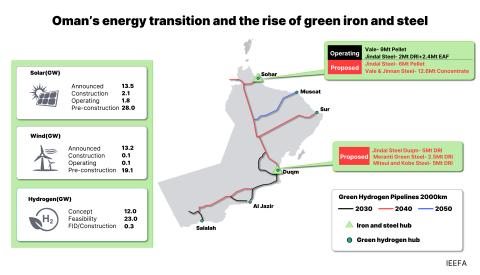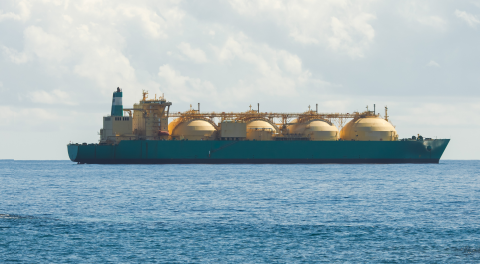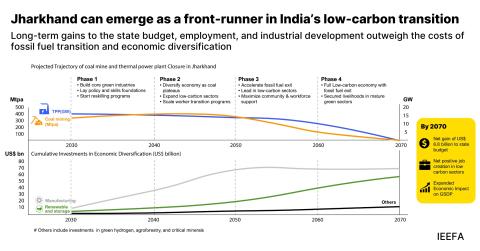Key Findings
To outward appearances, the U.S. oil and gas industry is in the midst of a decade-long boom. Hydraulic fracturing, or “fracking,” has unleashed a torrent of oil and gas production, lifting U.S. output to all-time highs and fueling dreams of American energy dominance on the global stage.
Despite significant technological advances—and, more important, an influx of hundreds of billions of dollars of capital—fracking has yet to produce positive cash flows.
Executive Summary
Despite two and a half years of rising oil prices and growing expectations for improved financial results, the U.S. fracking sector continued to spill alarming amounts of red ink during the first half of 2018.
Key findings of this briefing note (the first in a series on the financial metrics driving the industry):
- Even after two and a half years of oil price increases, U.S. fracking-focused oil and gas companies continued their eight-year losing streak in the first half of 2018.
- These small and mid-sized U.S. exploration and production companies (E&Ps) reported $3.9 billion in negative cash flows through June.
- E&Ps dipped into cash reserves in the first half of the year to fund capital expenditures and shareholder payouts.
A cross section of 33 publicly traded oil and gas companies at the center of the U.S. fracking boom continued to post negative free cash flows through June. Collectively, these companies spent $3.9 billion more on new capital projects in the first six months of the year than they realized from selling oil and gas.
These disappointing results come on the heels of a decade of bleak financial performance as the fracking sector has failed consistently to produce enough cash to satisfy its thirst for capital. Time and again, as frackers have returned to capital markets for new infusions of cash, these companies have racked up enormous long-term debts.
The ranks of frustrated investors are growing.
The first-half cash flow results, though disappointing, represented an improvement over early 2016 and 2017, when the companies in question racked up negative free cash flows of $11 billion and $7.2 billion, respectively. The run-up in oil prices during the third quarter of this year may help oil and gas companies improve cash flows.
Yet as oil and gas companies prepare to release third quarter results, a key question remains:
Will fracking companies produce enough cash—and for long enough—to cover both capital outlays and payouts to investors?
By definition, a healthy, mature industry consists of companies that generate enough cash to pay for new capital spending, while also paying down old debts and rewarding equity investors. With the fracking sector producing weak cash flow, however, investors will struggle to identify individual firms that can produce blue-chip results.
Until oil and gas companies prove that they can sustain abundant free cash flows, investors have ample reason to remain wary of the sector as a whole.
Please view full report PDF for references and sources.
Press release: IEEFA U.S.: Frackers continue to underperform
















